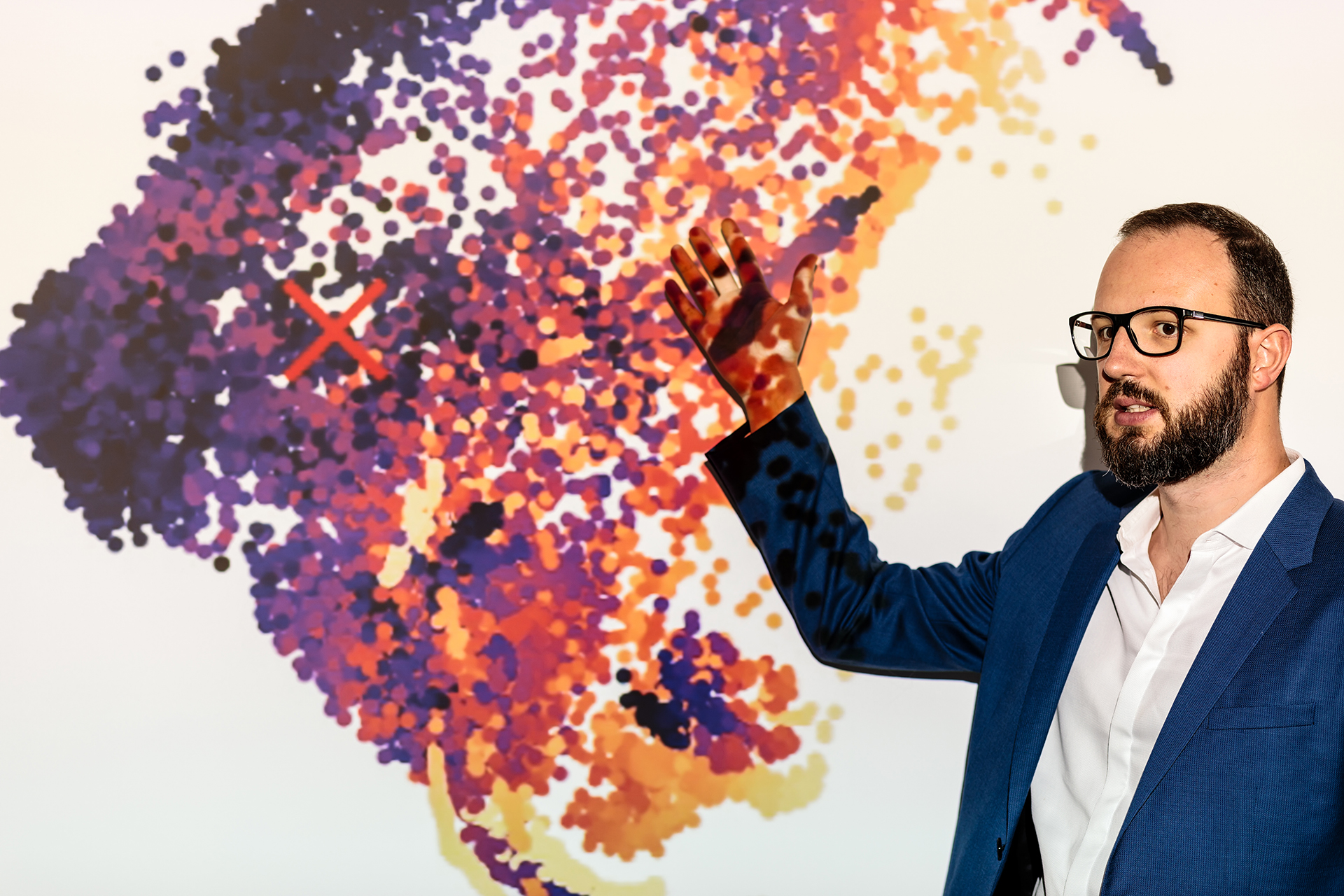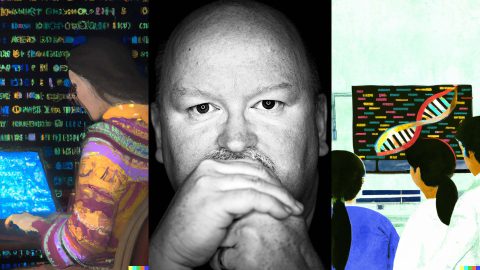Microsoft unveils AI capability that automates AI development
The tedious but necessary process of selecting, testing and tweaking machine learning models that power many of today’s artificial intelligence systems was proving too time-consuming for Nicolo Fusi.
The final straw for the Microsoft researcher and machine learning expert came while fussing over model selection as he and his colleagues built CRISPR.ML, a computational biology tool that uses AI to help scientists determine the best way to perform gene editing experiments.
“It was just not a good use of time,” said Fusi.
So, he set out to develop another AI capability that automatically does the data transformation, model selection and hyperparameter tuning part of AI development – and inadvertently created a new product.
Microsoft announced Monday at the Microsoft Ignite conference in Orlando, Florida, that the automated machine learning capability is being incorporated in the Azure Machine Learning service. The feature, which was made available in preview at Ignite, is now generally available.
Learning service reimagined
Automated machine learning is at the forefront of Microsoft’s push to make Azure Machine Learning an end-to-end solution for anyone who wants to build and train models that make predictions from data, and then deploy them anywhere – in the cloud, on premises or at the edge.
Microsoft also announced Monday that the Azure Machine Learning service now includes a software development kit, or SDK, for the Python programming language, which is popular among data scientists. The SDK integrates the Azure Machine Learning service with Python development environments including Visual Studio Code, PyCharm, Azure Databricks notebooks and Jupyter notebooks.
“We heard users wanted to use any tool they wanted, they wanted to use any framework, and so we re-thought about how we should deliver Azure Machine Learning to those users,” said Eric Boyd, corporate vice president, AI Platform, who led the reimagining of the Azure Machine Learning service. “We have come back with a Python SDK that lights up a number of different features.”
These features include distributed deep learning, which enables developers to build and train models faster with massive clusters of graphical processing units, or GPUs, and access to powerful field programmable gate arrays, or FPGAs, for high-speed image classification and recognition scenarios on Azure.

Recommender system
The automated model selection and tuning of so-called hyperparameters that govern the performance of machine learning models that are part of automated machine learning will make AI development available to a broader set of Microsoft’s customers, noted Boyd.
“There are a number of teams and companies that we work with that are now just going to make predictions based on the models that automated machine learning comes up with for them,” he said.
For machine learning experts, Boyd added that automated machine learning offers advantages as well.
“For trained, specialized data scientists, this is a shortcut. It automates a lot of the tedium in data science,” he said.
Automated machine learning homes in on the best so-called machine learning pipelines for a given dataset in a similar way to how on-demand video streaming services recommend movies. New users of a streaming service watch and rate a few movies in exchange for recommendations on what to watch next. The recommendations get better the more the system learns what movies users rate highest.
Likewise, automated machine learning runs a few models with hyperparameters tuned various ways on a user’s new dataset to learn how accurate the pipeline’s predictions are. That information informs the next set of recommendations, and so on and so forth for hundreds of iterations.
“At the end, you have a very good pipeline. You don’t have to do anything on top of it. And, the system never needs to see the data, which is attractive to a lot of people these days,” said Fusi, explaining that a user’s dataset remains on their local machine or in a virtual machine in Azure backed by Microsoft’s privacy policy.

From lab to product
Fusi described the research behind automated machine learning in an academic paper. The Azure Machine Learning team saw an opportunity to incorporate the technology as a feature in the machine learning service, noted Venky Veeraraghavan, group program manager for the machine learning platform team.
Over the process of validating the technology, product testing and benchmarking with customers, the Azure team discovered several novel ways customers could use it.
For example, customers who have hundreds or thousands of pieces of equipment in different geographic locations, such as windmills on wind farms, could use automated machine learning to fine tune predictive models for each piece of equipment, which would otherwise prove cost and time prohibitive.
In other cases, data scientists are turning to automated machine learning after they’ve already selected and tuned a model as a way to validate their handcrafted solution. “We have found they often get a better model they hadn’t considered,” Veeraraghavan said.
For Fusi, the capability has eliminated the most tedious part of developing AI, freeing him to focus on other aspects such as feature engineering – the process of extracting useful relationships from data – and to get some rest.
“I can start an automated machine learning run, go home, sleep, and come back to work and see a good model,” he said.
Top image: Nicolo Fusi, a Microsoft researcher and machine learning expert, developed the automated machine learning capability for his own research purposes. Photo by Dana J. Quigley for Microsoft.
Editor’s note: This post has been updated to reflect the general availability of the automated machine learning feature.
Related:
- Learn more about Azure Machine Learning
- Read the paper on ArXiv.org that led to automated machine learning
- Read: Real-time AI: Microsoft announces preview of Project Brainwave
- Read: Announcing automated ML capability in Azure Machine Learning
John Roach writes about Microsoft research and innovation. Follow him on Twitter.







